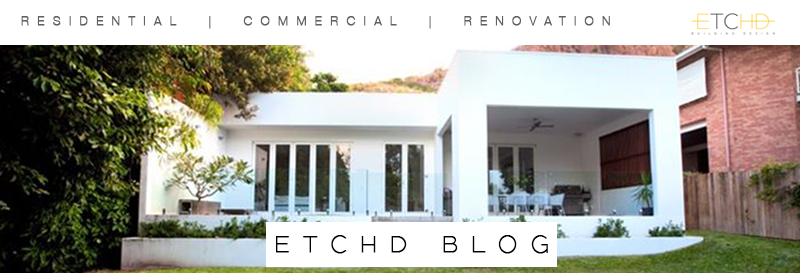Thursday 26 March 2015
Tuesday 24 March 2015
Monday 23 March 2015
Friday 6 March 2015
All the best to the North Queensland Cowboys tonight and for the entire NRL season, top 8 finish for sure. COWBOYS!

via Dan Thomson Architectural Drafting http://ift.tt/1G9Jcda
Thursday 5 March 2015
Previous design highlight: Dalle Cort Building on Charters Towers Rd. Conversion and design from an existing structure to modern and multi-use offices. http://ift.tt/1wZ72mV

via Dan Thomson Architectural Drafting http://ift.tt/1w8Kp4c
Monday 2 March 2015
Considering orientation

Good orientation, combined with other energy efficiency features, can reduce or even eliminate the need for auxiliary heating and cooling, resulting in lower energy bills, reduced greenhouse gas emissions and improved comfort. It's important to take account of summer and winter variations in the sun’s path as well as the direction and type of winds, such as cooling breezes.
Things to consider when planning your home design include:
Orientation of the main living areas towards the north.
Glazing used to trap the sun´s warmth.
Thermalmass to store the heat from the sun.
Insulation to reduce heat loss or heat gain.
Ventilation to capture cooling breezes.
A good orientation will allow better use of the sun’s path and natural breezes which heat or cool the home. Active spaces like living, kitchen and dining should face north to take full advantage of this.
Good orientation for passive cooling keeps out unwanted sun and hot winds while ensuring access to cooling breezes. A degree of passive cooling is required in most Australian climates but in hot humid climates, orientation should aim to exclude direct sunlight and radiant heat (from nearby structures) at all times of the year while maximising access to cooling breezes.
Talk to us about the best positioning and advice for your design.
Subscribe to:
Posts (Atom)



